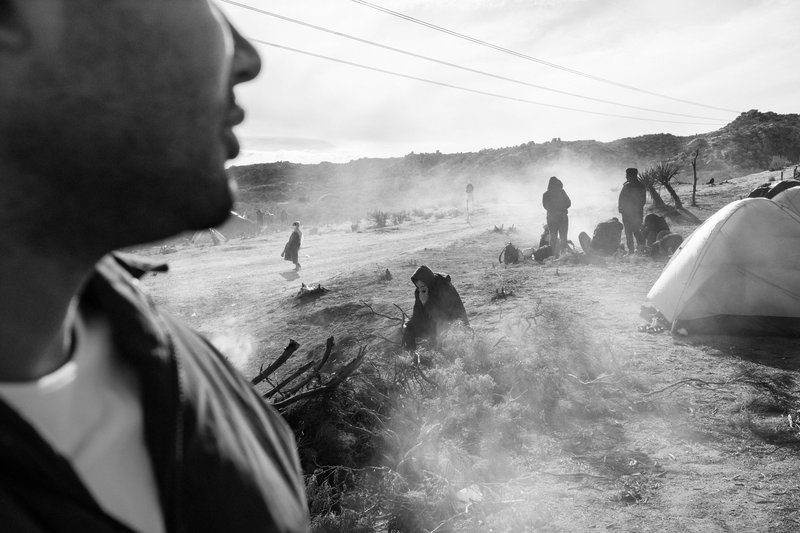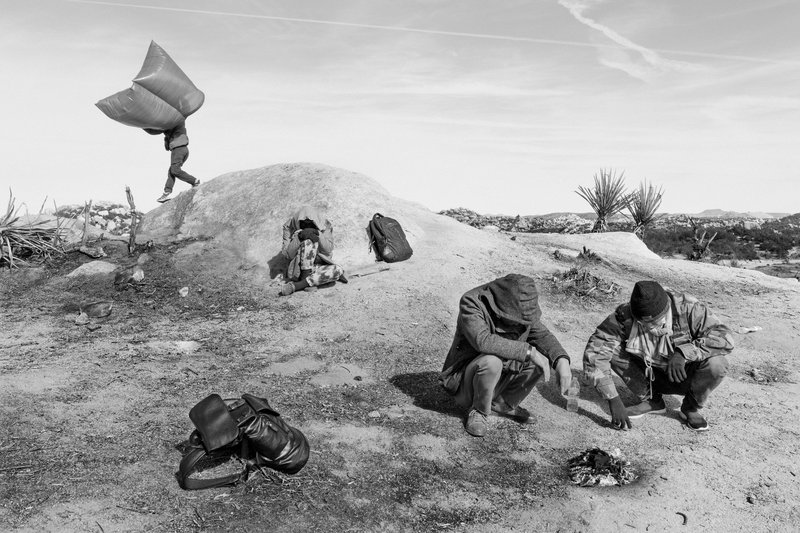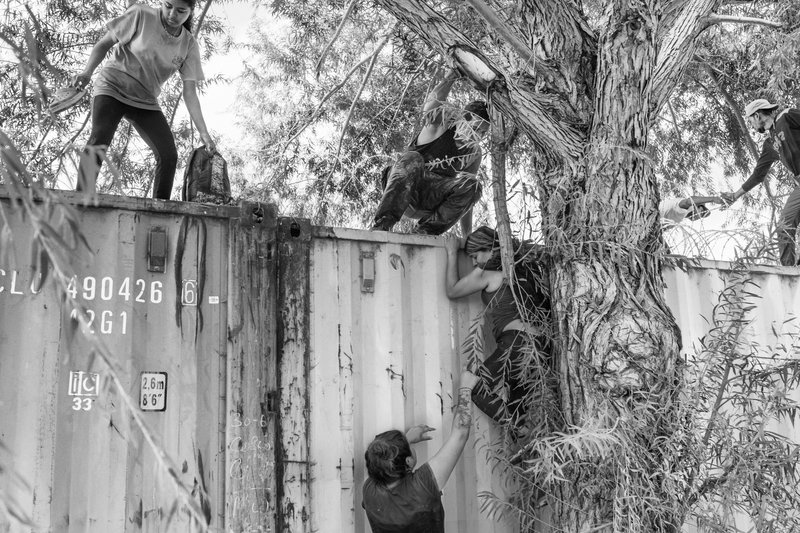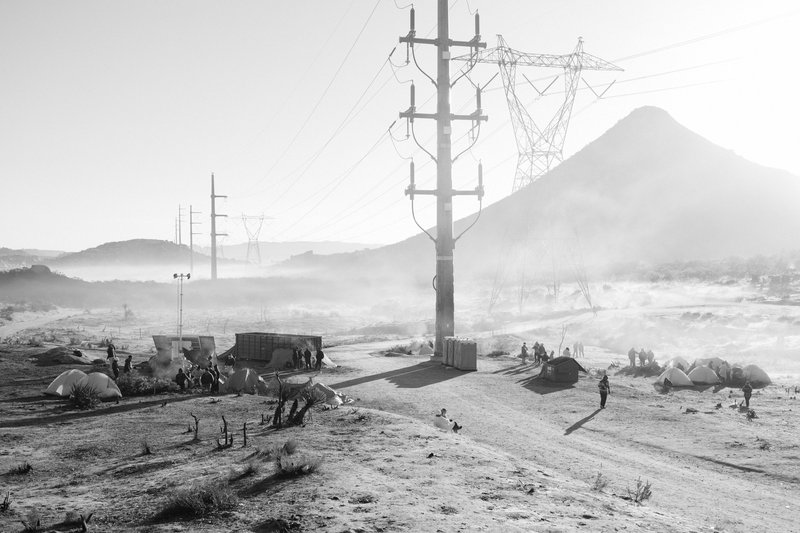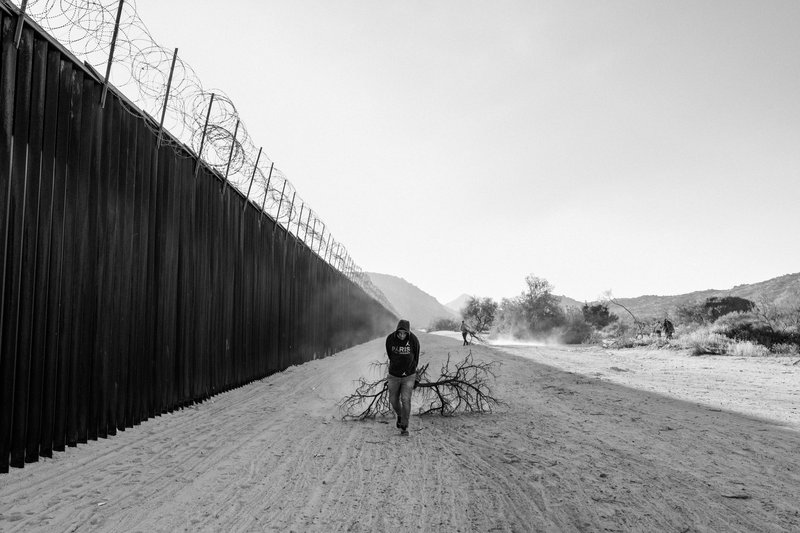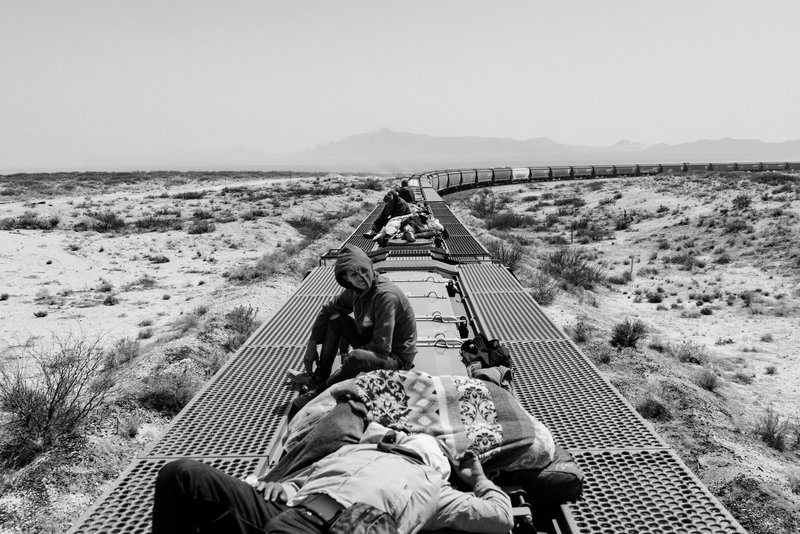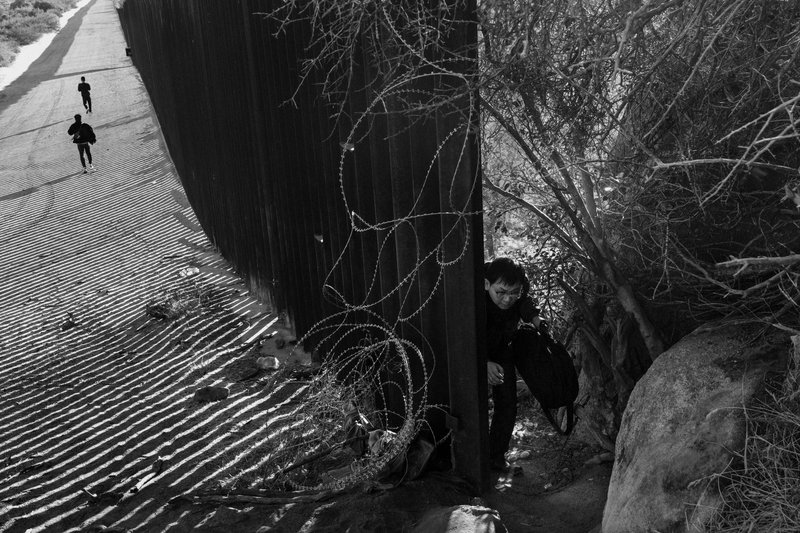Award of Excellence: Exodus
A narrative picture story that explores an important social, economic, or political issue.
Exodus
Following the COVID-19 pandemic and public health-related border policies, the irregular influx of asylum seekers to the United States from different nationalities has reached unprecedented proportions.
In 2023, asylum-seeking families from South and Central America moved massively to the north. Many crossed Mexico, up to the Chihuahua and Sonora deserts, atop the infamous cargo train known as La Bestia, overwhelming charity shelters on the northern border.
There, no measure seems capable of deterring people from seeking a better future, and an underground economy has emerged, facilitating the movement of hundreds of thousands of people from Russia, China, Europe, Central Asia, Vietnam, and Western Africa to the Mexican deserts and across the border wall.
In the last month of the year, Customs and Border Protection authorities processed 300,000 asylum seekers at the southern border. The most significant figure for a single month ever is a share of the 2.5 million people encountered on US soil along the wall in 2023.
Waiting for their claims to be heard in a court, people ended up in cities like New York and Chicago, straining city budgets and prompting mayors and governors from the border states of the south to demand more help from the Biden Administration and, in cases such as Texas, to pile lines of containers in front of the Rio Grande, to discourage people from crossing.
The vast majority continues to be from Latin American countries, where government crises, gang-related violence, inflation, and lack of job opportunities pushed people deeper into poverty and vulnerability, the leading causes of forced displacement. But 2023 has been a record year for asylum seekers coming from Turkey and China as well.
During the past 14 months, 60,000 Chinese migrants have been detained for crossing the United States border illegally, and a quarter of them entered from Mexico into California, where the metal border wall ends at different points, as rock formations didn’t allow its construction to be continued. They are guided by local traffickers who are easy to hire on social networks and even through regular travel agencies.
